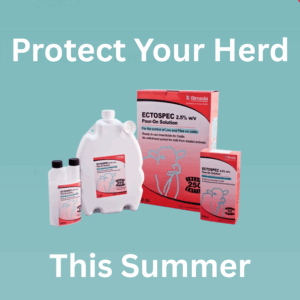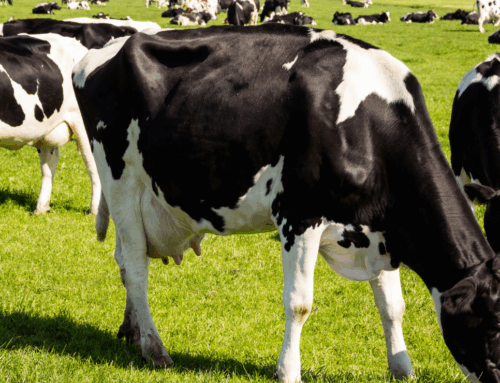External parasites are more than a nuisance—they can be costly in terms of animal health and farm productivity. From mastitis and pink eye to tick-borne illnesses, the impact of parasites on cattle and sheep is significant. Acting early and using the correct control methods is key to preventing summer losses.
Why Flies Are More Than Just a Summer Menace
Flies aren’t just annoying they play a major role in spreading a range of diseases. They can carry pathogens responsible for mastitis between cows and also contribute to the spread of pink eye (infectious bovine keratoconjunctivitis). Even papillomavirus, the cause of warts, is easily spread by flies. Other biting insects like midges may also transmit diseases such as Bluetongue and Schmallenberg.
Effective Fly Control: What Works Best?
Proper timing and product selection are essential. While ivermectin-based pour ons may be suitable for treating warbles and horn flies, they don’t protect against nuisance flies or midges. Products with cypermethrin or deltamethrin such as Ectospec or Spotinor—offer broader protection, with up to three weeks of coverage
Application matters: always follow the product instructions, applying in a line or spot on clean skin. Cypermethrin based ear tags are another option, offering long lasting protection for up to four months.
Remember: Most treatments only last 4–6 weeks, so repeat applications are necessary throughout the risk period, typically May to September in Ireland.
On dairy farms, teat dips containing natural fly repellents like peppermint oil can help keep flies away from udders. Traditional methods, such as Stockholm tar or garlic mineral licks, may provide limited protection but require frequent reapplication and aren’t scientifically verified.


